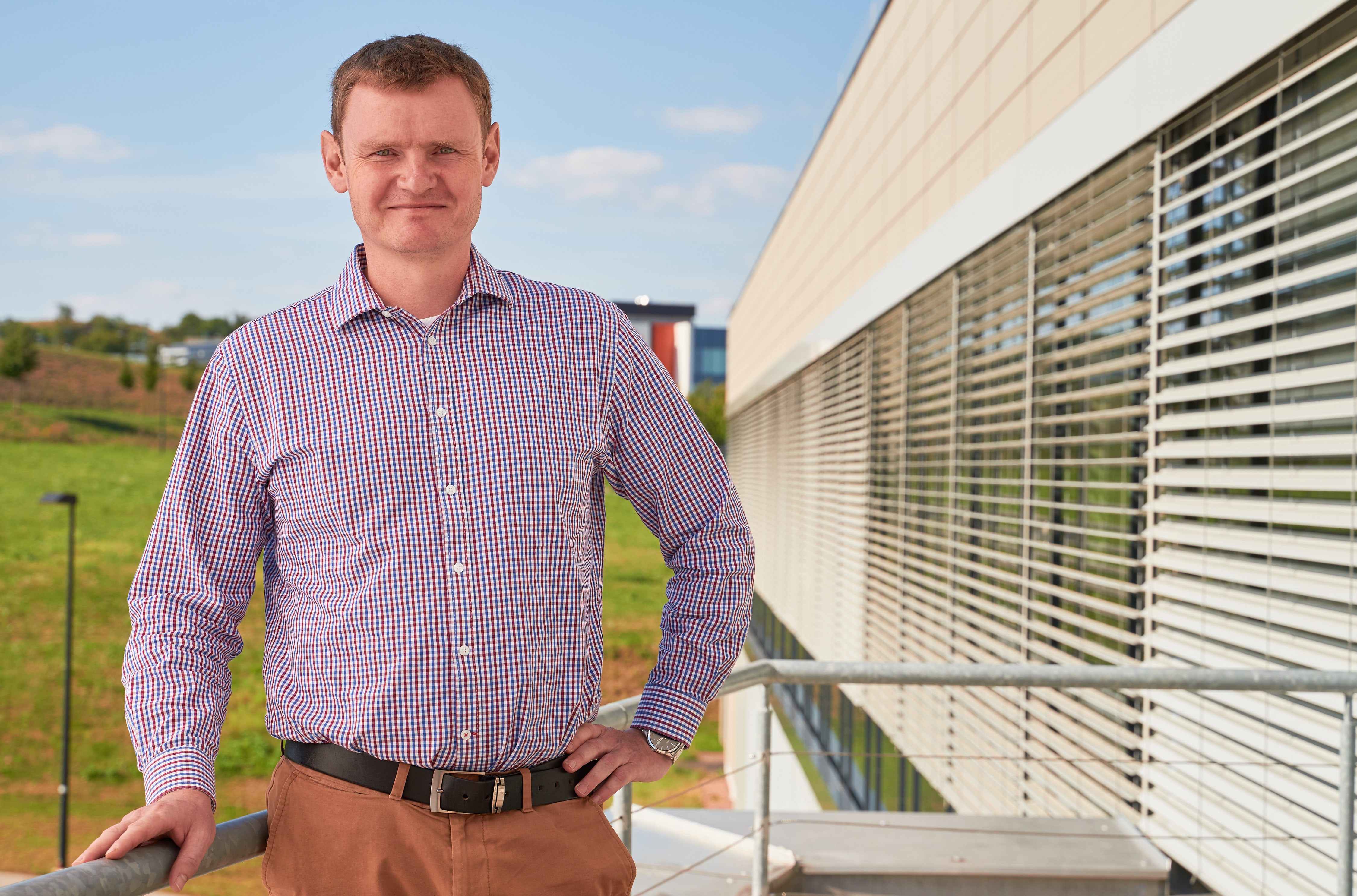13. Apr. 2021
Petr Neugebauer and his research group Magneto-optical and THz spectroscopy recently received the prestigious GAČR Expro project, which deals with the use of frequency fast scanning electron spin resonance spectroscopy. The five-year project, which, according to Neugebauer, naturally builds on his work and the ERC grant, aims to create a console that can be placed on the spectrometer. This will allow to study electrons, and especially relaxation times.

According to Petr Neugebauer, the new GAČR Expro project, which he managed to acquire, is only a natural connection to his previous work and interest. For a long time, he has been dealing with electron paramagnetic resonance, which, according to him, has not yet been explored as nuclear magnetic resonance, but offers unsuspected possibilities.
That is why, after the ERC grant, Petr Neugebauer decided to apply for the GAČR Expro. "By Czech standards, this is a very prestigious project that supports greater visionary things. Both the size and the budget correspond to this," confirms Neugebauer, adding that the project will last five years and receive fifty million crowns for it.
While in the previous ERC grant the aim was to build a spectrometer to help study relaxation times at high frequencies, the new project wants to take the whole idea even further. "At Expro, we will apply our findings in NMR spectrometry. We want to make a console that we place on the spectrometer, so that we can study relaxation times and electrons,” explains Neugebauer.
According to him, relaxation times are absolutely essential, although they have been minimally explored so far. "They tell us how things interact with each other, at what speed. Thanks to them, we will know why and how matter works. And it doesn't matter if the material is a battery, coffee or the human body," he explains, adding: "Nuclear magnetic resonance has a very low sensitivity. That is why magnetic resonance imaging lasts for half an hour in the hospital now. Because they have to shoot for a long time. However, electron paramagnetic resonance offers much greater polarization. If we get it in scanners in the hospital, we can watch the blood flowing live, the drug traveling through the body, the valves deforming. So far, people don't[BC(1] even dream about how medicine would progress."
In addition, if there were a connection with artificial intelligence and the use of acquired data, according to Neugebauer, this would mean a fundamental change in the role of the doctor. People could diagnose a number of health problems themselves. "It's a very bold idea. At the same time, I know that if these tools get into the wrong hands, it can also be a dangerous idea," he notes.
Although this may seem like unnecessary work to many people now, according to Neugebauer, experts already know today that the ability to accurately monitor and measure relaxation times will change the world in the future. "It simply came to our notice then. Thanks to them, we are where we are. But we still don't know many things. And knowledge of relaxation times is the core of the whole problem in this case. That is why all my projects aim at this issue," concludes Petr Neugebauer.
Author: Zuzana Hübnerová


 Share
Share